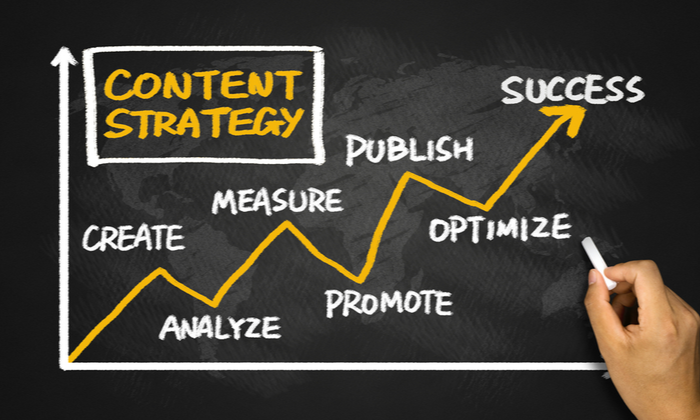Let’s face it: marketing today feels like trying to juggle while riding a unicycle for many small and medium-sized businesses. We’re bombarded with countless ways to reach our customers, from the good old TV ad to the latest TikTok trend. It is hard not to make your head spin. But here’s the thing – this multichannel madness isn’t going away. So, how do we make sense of it all without losing our minds or our customers?
First off, plastering your message across every platform known to mankind is not any useful. Instead, think of it like hosting the perfect dinner party. You want to create an experience that feels seamless and welcoming, no matter how your guests arrive.
Now, let’s talk about personalisation. We’ve all got those emails that start with “Dear Valued Customer” but in 2024, that just doesn’t cut it. People want to feel seen and understood. You can use the data you have responsibly to tailor your message. It is the difference between shouting into a crowd and having a conversation with a friend.
Speaking of friends, let’s not forget our trusty sidekick: the smartphone. These little devices have become extensions of ourselves. If your marketing isn’t mobile-friendly, you might as well be sending smoke signals. Run a test on all your proposed marketing channels to see
Here’s where it gets tricky: measuring success. With so many channels, it’s tempting to focus on vanity metrics like likes or views. But at the end of the day, what really matters? Sales? Brand loyalty? Customer happiness?
Of course, this marketing strategy using multi-channels isn’t without its bumps. Data privacy is a hot topic, and rightly so. We need to be responsible with the information our customers trust us with. And let’s be honest, keeping up with every new platform that pops up is exhausting. The key is to stay curious and adaptable, without chasing every shiny new trend. You don’t necessarily need to adapt to every emerging digital tools, be it for operational use or for marketing.
Looking ahead, voice search is becoming huge (hey Alexa, order more coffee!), and augmented reality is blurring the lines between digital and physical even further. But no matter what fancy new tech comes along, the fundamentals remain the same: understand your customer and their problem, be where they are, and offer genuine value.
At the end of the day, multichannel marketing strategy is all about understanding your customers’ needs, meeting them where they are, and creating experiences that connect.


